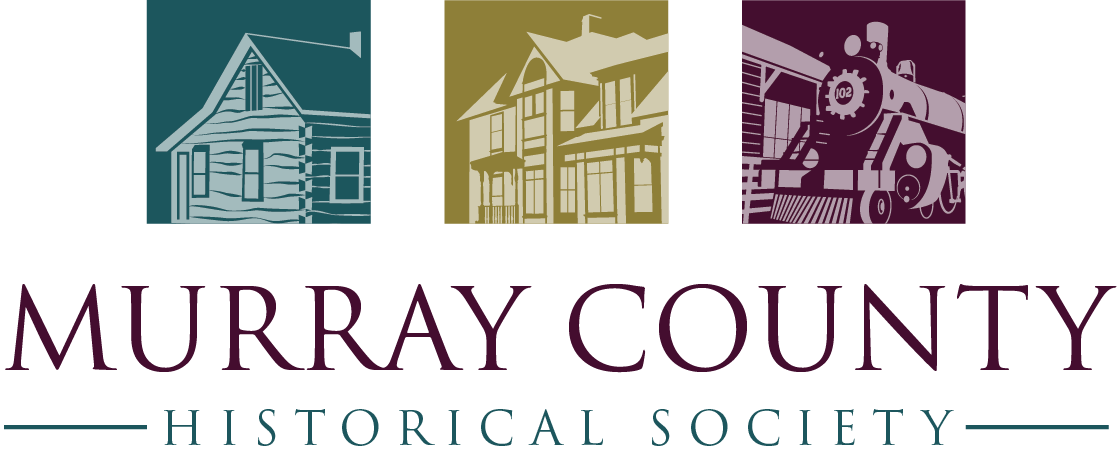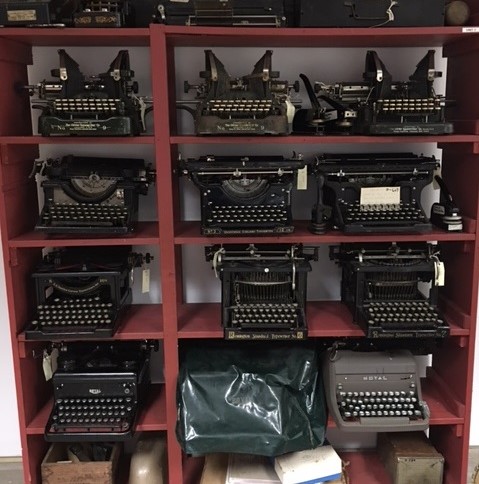Spring is the traditional time for house cleaning and it is time for the museum to think Spring!
“I look at items that I have kept over the years and scratch my head wondering why I still hold onto things” is a common statement that has been heard throughout the generations. The reasons are many; it holds a memory, it might be useful in the future, it was pretty when it was bought, or the kids might want it someday. The reasons are endless.
Just like house cleaning at home, museums go through the same agonizing process. How to decide what to keep, and what no longer serves the mission of the organization?
The museum first opened in the old Slayton firehall around 1958. The “new” building was built in 1971 and soon began to fill with the items that make Murray County’s history unique. When a museum has been in business as long as this one, they need to find a balance between what continues to tell the story for the future and to make room for new items.
Over the years an abundance of items built up! The current collections committee have found some items that have no sign of having been officially collected, no processing papers, and no collection numbers. In museum terminology, no provenance. There are also several of the same item in varying conditions.
When they accept items into the collection it is called an accession. The museum and current collections committee follows strict criteria to guide them throughout the accession process by asking the following questions:
- Will it help meet the museum mission?
- Will the items’ story help tell the history of Murray County and its people?
- Did it the item originate here in the area or was it used extensively here?
- Can the museum properly care for it throughout the years?
- Does the museum already have a good example in the collection that tells the same story?
The process of removing items from the collection is called deaccession. For an item to be deaccessioned, it must meet two or more of the following criteria.
- It has no provenance.
- It does not help tell the history of the county.
- It is in very poor condition and cannot be preserved.
- It is a duplication to other items.
- It is a danger to the rest of the collection or the staff and visitors? (poisons, arsenic, infestation?)
The museum never asks, “How much is this worth?” That is not taken into consideration as all museum artifacts are considered priceless due to their history in the community.
If an item has been identified for deaccession, a form is filled out giving the reasons. The item is then brought before the Murray County Historical Society Collections Committee. The Collections Committee is a group of members of the Historical Society and general at-large residents of the county. Their job is to make recommendations to the Board about what should be included in the collection, both accessions and deaccessions. If the committee recommends the removal of an item it still has a long way to go before it is removed from the collection.
- All due diligence must be taken to find whoever donated the item. Sometimes that is not possible due to lack of past paperwork. If the donor is found they are contacted or an available family member may be contacted. They get first chance to take the item back into a family collection.
- If the museum cannot find a family member, the museum can offer the item to another like organization. Perhaps a different local museum needs a Royal typewriter!
- If that fails, the historical society may sell the item but the resulting funds MUST be used to help preserve the remaining items in the museum or to purchase an item that the society deems important to the collection.
- The very last option is to discard the item properly through a recycling program, landfill, or waste management system.
Over the last year the museum staff has been going through an assessment of the collection to identify items that may no longer belong in the collection. They have been steadfast in following the collections policies to accomplish this.
Once items reach the stage of items-to-be-sold the Historical Society will put them up for public auction on an e-Bay site. Per a conflict of interest policy, items cannot be purchased by any member of the Historical Society board or staff.
The Historical Society and the Museum staff intend this process to be as transparent as possible.
If you have questions or concerns about the process, please do not hesitate to contact, Janet Timmerman, at 507-836-6533 or e-mail jtimmerman@co.murray.mn.us

